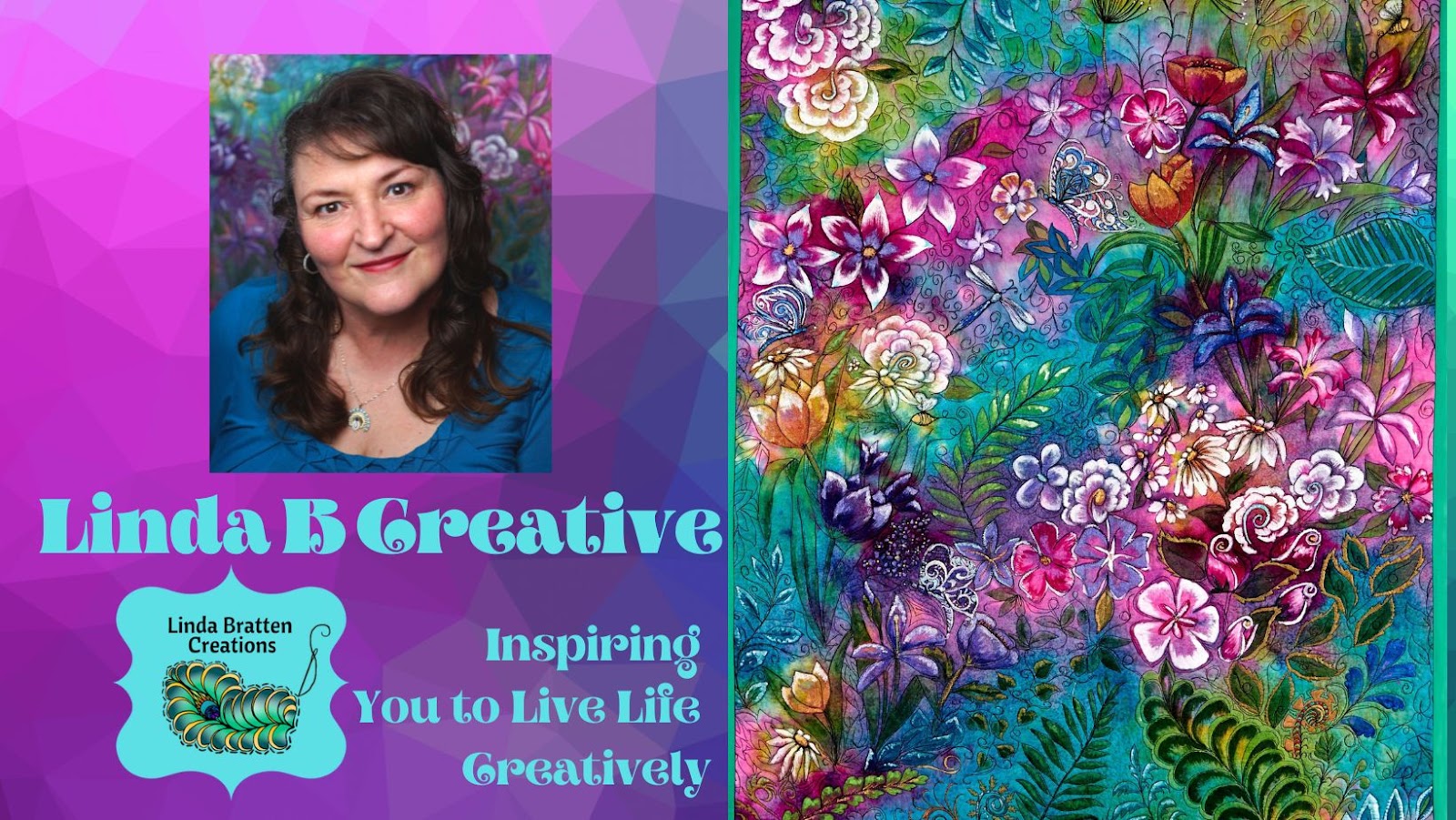This January in Serge Ahead 2 we will be creating a serger
cardigan using the Kwik Sew pattern number 3721.
 |
| Kwik Sew Pattern # 3721 |
In this class we will focus on cutting out
your project pieces and special considerations for sewing with knits. This project is so easy using your serger;
you will probably create more than one.
One of the steps that
I request you have completed before coming to the class is to have your pattern
traced. This can be tricky since it is a multiple sized pattern. So to help you be successful in
class, I have compiled some tips to help you with this step.
1. First
of all, take your measurements accurately and select the right pattern
size. As you measure your bust and hips
make sure that the tape measure is parallel to the floor—no angles!
Then using the back of the pattern
envelope, identify the pattern size you need to trace based on your
measurements.
Do not go by what you usually
buy in the stores—it may be different.
Also
on the back of the pattern is a list of recommended fabrics to use in this project,
make sure you have the right fabric to complete the project.
2. Open
up the pattern and find the pieces you will need based on the guide sheet. View A has four pieces, and View B has three. If the pattern has lots of wrinkles and won’t
lay flat, use a dry iron with no steam, and press them flat.
3.
Next lay your pattern tracing paper on top of
the original pattern. If you are having
trouble seeing the pattern markings, I recommend getting a fine line black
marker and retracing the marks on the original pattern so they will be visible
through the pattern tracing paper.
4. Now
I lay my pattern tracing paper on top of the original and weigh it down using
my pattern weights. Then using a ruler, I trace the outline of my pattern piece
on my pattern tracing paper. Once the
outline is done, I then add the pattern markings.
Some key markings that need to be traced on
your pattern are:
- notches (Both the single and the double notches)
- grain lines
- stretch lines
- the place on the fold directions
- the match points(this
is the semi-circles with the letter A on piece #1 and on the other part of the
sleeve for piece #1).
 |
| Single Notch |
 |
| Match Point |
 |
| Double Notches |
 |
| Place on Fold Marks |
Then I write on the pattern piece that
I have just made the piece number, pattern number, the size, and how many
pieces of fabric are cut from the pattern piece.
This can be a lifesaver if you find a stray
pattern piece in your sewing room later!
 |
| Very Important Pattern Piece Notes |
Just a note, if I have made adjustments to the pattern, I write those on
the pattern piece also.
5. Continue
until you have all the necessary pieces traced to create your cardigan. I like to hang my pattern pieces on a coat hanger
until I am ready to use them.
Bring
your pattern pieces and the original pattern with guide your guide sheet with you to class and get ready to Serge Ahead!--Linda


















